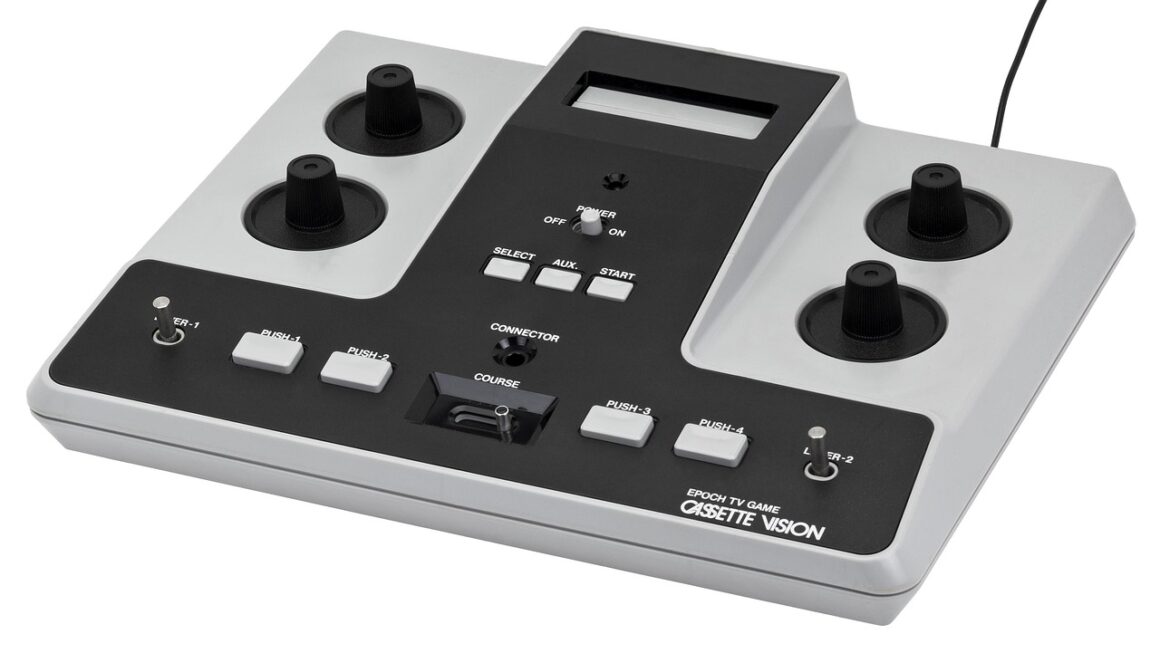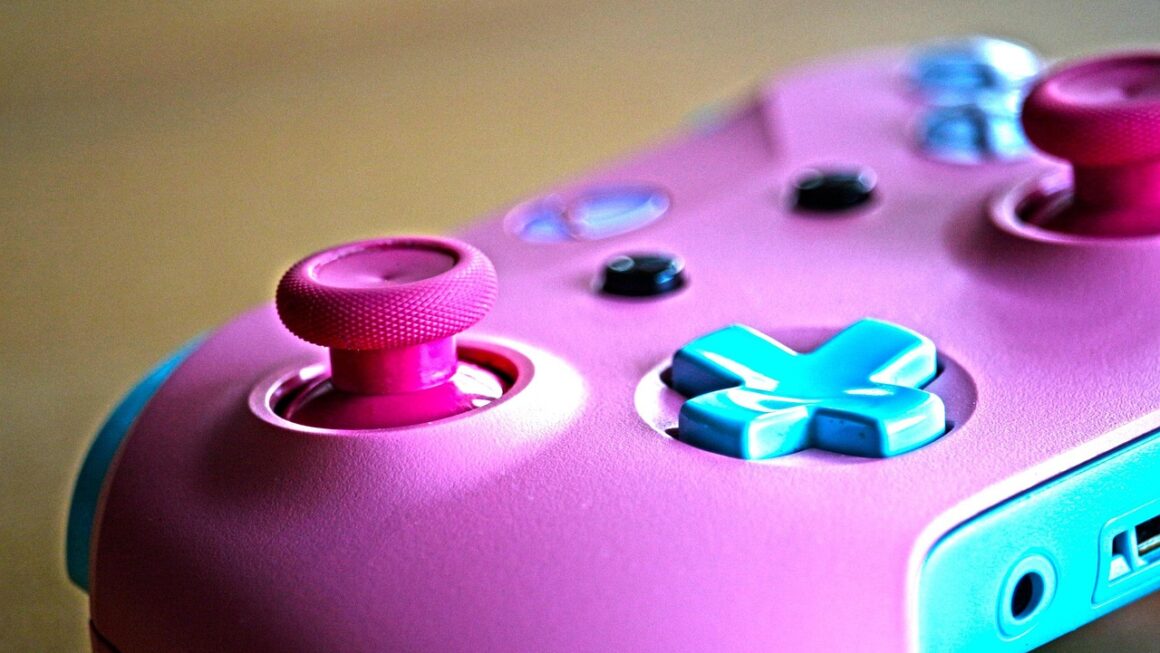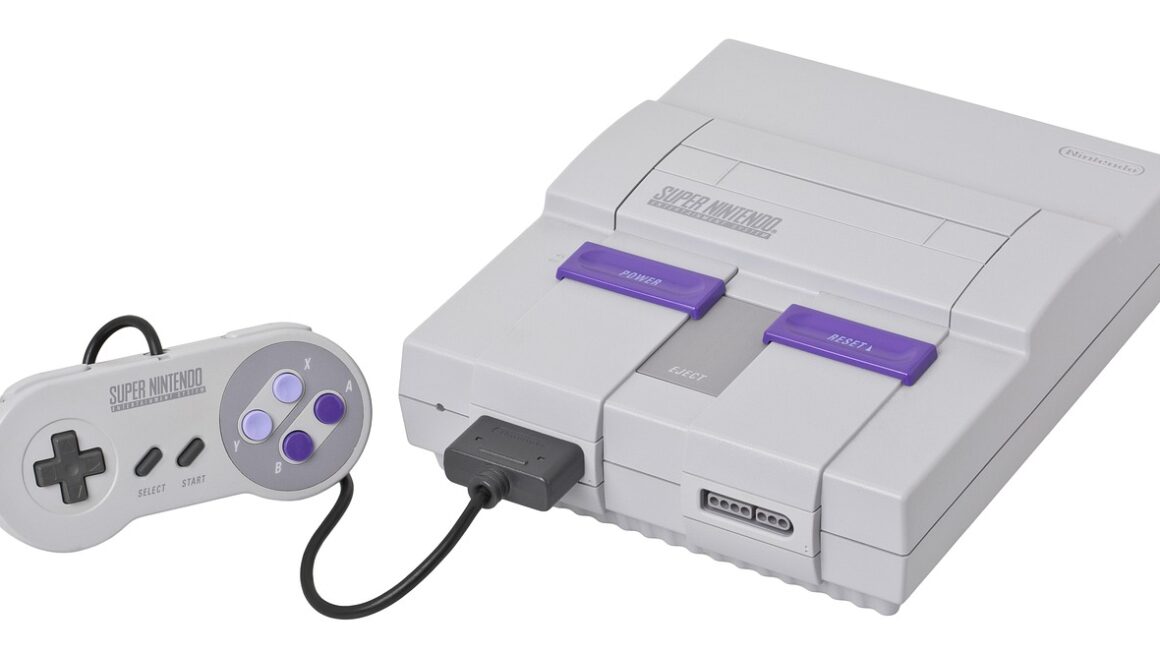Controllers are the unsung heroes of modern technology, quietly orchestrating the complex interactions behind everything from your video game console to the automated systems in a manufacturing plant. Understanding what controllers are, how they work, and their diverse applications is crucial for anyone interested in software development, automation, or even just understanding the technology that shapes our daily lives. This blog post dives deep into the world of controllers, exploring their types, functionalities, and real-world examples to give you a comprehensive understanding of these essential components.
What is a Controller?
A controller, in its broadest sense, is a device or component that manages or directs the behavior of other devices or systems. It acts as an intermediary, receiving input, processing it, and then generating output to control the connected elements. Think of it as the “brain” of a system, executing instructions and making decisions based on programmed logic. Controllers can be hardware-based, software-based, or a combination of both.
Different Types of Controllers
Controllers come in a variety of forms, each designed for specific purposes and applications:
- Hardware Controllers: These are physical devices often incorporating microprocessors or microcontrollers to manage specific tasks.
Microcontrollers: These are small, self-contained computers on a single integrated circuit. They’re commonly found in embedded systems, such as appliances, automotive systems, and industrial equipment. For example, the control board in a washing machine is a microcontroller.
Programmable Logic Controllers (PLCs): These are specialized computers used for industrial automation. They excel at controlling complex processes, machinery, and robotic systems in manufacturing and other industrial environments. A PLC might control the conveyor belt speed, robotic arm movements, and safety interlocks in a bottling plant.
PID Controllers: These controllers use proportional, integral, and derivative control loops to maintain a desired setpoint for a process variable, such as temperature, pressure, or flow rate. A home thermostat is a simple example of a PID controller trying to maintain a consistent room temperature.
- Software Controllers: These controllers are implemented in software and are used to manage data flow, user interaction, or application logic.
MVC (Model-View-Controller): A common architectural pattern in software development where the controller acts as an interface between the model (data) and the view (user interface). The controller receives user input from the view, updates the model based on that input, and then updates the view to reflect the changes in the model.
API Controllers: Handle incoming API requests, process the data, and return responses. For example, an API controller might handle a request to retrieve user data from a database or create a new user account.
Game Controllers: Software that interprets input from physical game controllers (joysticks, gamepads, keyboards) and translates it into actions within a video game.
Key Characteristics of Controllers
Controllers share several key characteristics that define their functionality:
- Input: They receive input from sensors, user interfaces, or other devices.
- Processing: They process the input based on pre-defined algorithms or programmed logic.
- Output: They generate output signals or commands to control actuators, displays, or other devices.
- Feedback: Many controllers utilize feedback mechanisms to adjust their output based on the current state of the system. This ensures accurate and stable control.
How Controllers Work: A Deeper Dive
The inner workings of a controller depend heavily on its type and application. However, a common thread runs through all controllers: a cycle of input, processing, and output.
The Control Loop
The “control loop” is a fundamental concept in understanding how controllers operate, particularly in the context of hardware controllers and process automation. It can be summarized as follows:
Software Controller Logic
In software applications, the logic within a controller often involves:
- Event Handling: Responding to user interactions (e.g., button clicks, form submissions).
- Data Validation: Ensuring that user input is valid and meets specific criteria.
- Data Transformation: Converting data from one format to another (e.g., from a string to a number).
- Business Logic: Implementing the core rules and processes of the application.
- Data Persistence: Saving data to a database or other storage mechanism.
Example: A Simple Temperature Controller
Imagine a simple system for controlling the temperature of a water bath.
- Sensor: A temperature sensor measures the water temperature.
- Controller: A PID controller compares the measured temperature to the desired setpoint (e.g., 60°C).
- Actuator: A heater is used to heat the water.
If the water temperature is below the setpoint, the controller will activate the heater. As the water heats up, the sensor provides feedback, and the controller adjusts the heater output to maintain the desired temperature. The PID algorithm ensures that the temperature reaches the setpoint quickly and without excessive overshoot or oscillation.
Real-World Applications of Controllers
Controllers are ubiquitous in modern technology, and their applications span a wide range of industries and domains:
Industrial Automation
PLCs are the workhorses of industrial automation, controlling everything from assembly lines to chemical plants. They offer several key benefits:
- Increased Efficiency: Automating tasks reduces human error and increases throughput. A study by McKinsey found that automation can increase productivity by 15-40% in manufacturing settings.
- Improved Safety: PLCs can be programmed to implement safety interlocks and prevent accidents.
- Reduced Costs: Automation can lower labor costs and improve resource utilization.
- Flexibility: PLCs can be easily reprogrammed to adapt to changing production requirements.
Robotics
Controllers are essential for controlling the movement and behavior of robots. They manage motor control, sensor integration, and task planning.
- Precision Control: Controllers enable robots to perform precise movements, such as picking and placing objects with high accuracy.
- Autonomous Navigation: Advanced controllers allow robots to navigate complex environments without human intervention.
- Adaptive Behavior: Controllers can enable robots to adapt to changing conditions, such as variations in lighting or object placement.
Embedded Systems
Microcontrollers are at the heart of countless embedded systems, from household appliances to automotive systems. Examples include:
- Washing Machines: Controlling the water level, spin speed, and wash cycles.
- Automotive Engine Management Systems: Optimizing engine performance, fuel efficiency, and emissions.
- Medical Devices: Controlling insulin pumps, pacemakers, and other life-saving devices.
Software Development
In web and application development, controllers manage the flow of data and user interactions.
- Handling User Input: Processing form submissions, button clicks, and other user events.
- Managing Data: Retrieving data from databases, updating data models, and displaying data to the user.
- Enforcing Business Logic: Implementing the rules and processes of the application.
Choosing the Right Controller
Selecting the right controller for a specific application requires careful consideration of several factors:
Key Considerations
- Application Requirements: What specific tasks will the controller perform? What are the required levels of accuracy, speed, and reliability?
- Input/Output (I/O) Requirements: How many inputs and outputs are needed? What types of signals will be used (e.g., analog, digital)?
- Processing Power: How much processing power is required to execute the control algorithms?
- Communication Requirements: Does the controller need to communicate with other devices or systems? What communication protocols are supported? (e.g., Ethernet, Modbus, CAN bus).
- Cost: What is the budget for the controller?
- Development Tools: What development tools and programming languages are supported by the controller?
- Reliability and Maintenance: What is the expected lifespan of the controller? How easy is it to maintain and troubleshoot?
Practical Tips
- Start with the End Goal: Clearly define the desired outcome of the control system before selecting a controller.
- Consider Future Needs: Choose a controller that can be easily expanded or upgraded to meet future requirements.
- Evaluate Different Options: Compare the features and specifications of different controllers to find the best fit for your application.
- Test Thoroughly: Before deploying a controller, test it thoroughly to ensure that it meets the required performance and reliability standards.
- Document Everything: Maintain detailed documentation of the controller configuration, programming, and maintenance procedures.
Conclusion
Controllers are essential components in a vast array of systems, from simple household appliances to complex industrial processes. Understanding their functionality, types, and applications is crucial for anyone working with technology. By carefully considering the application requirements and selecting the appropriate controller, you can build efficient, reliable, and effective control systems that drive innovation and improve productivity across various industries. From hardware-based PLCs orchestrating complex factory automation to software-driven MVC controllers managing user interactions in web applications, the world relies on controllers to seamlessly manage the intricate interactions that power our modern lives.




